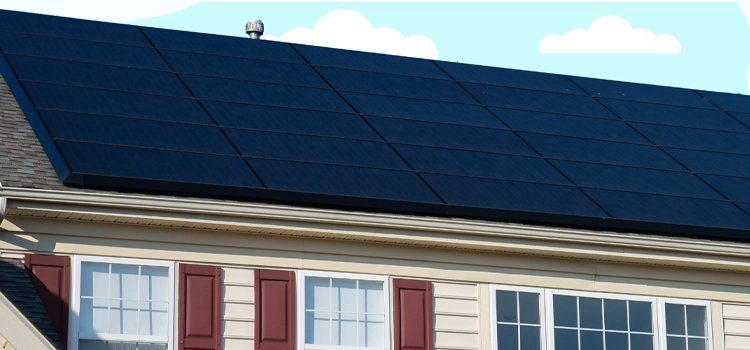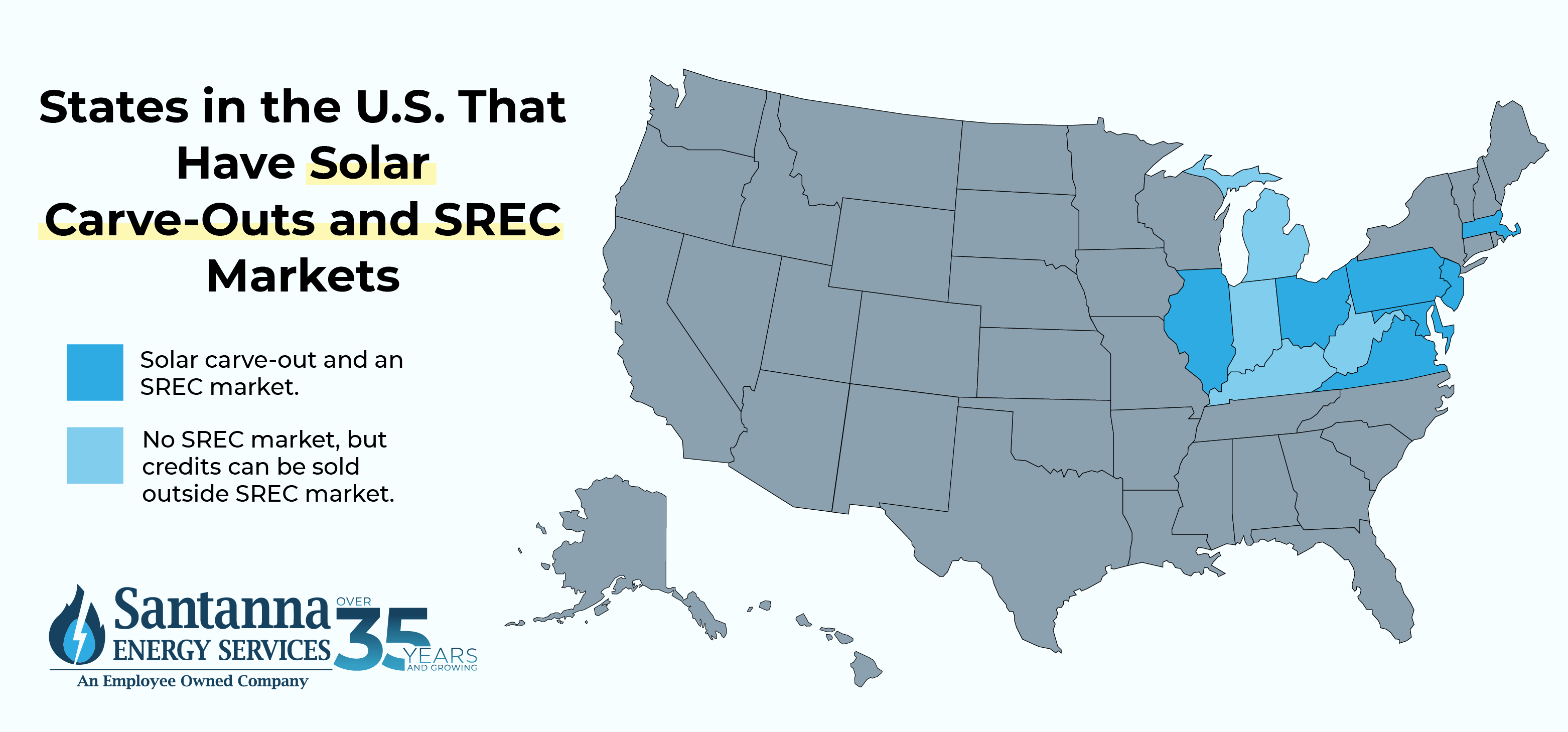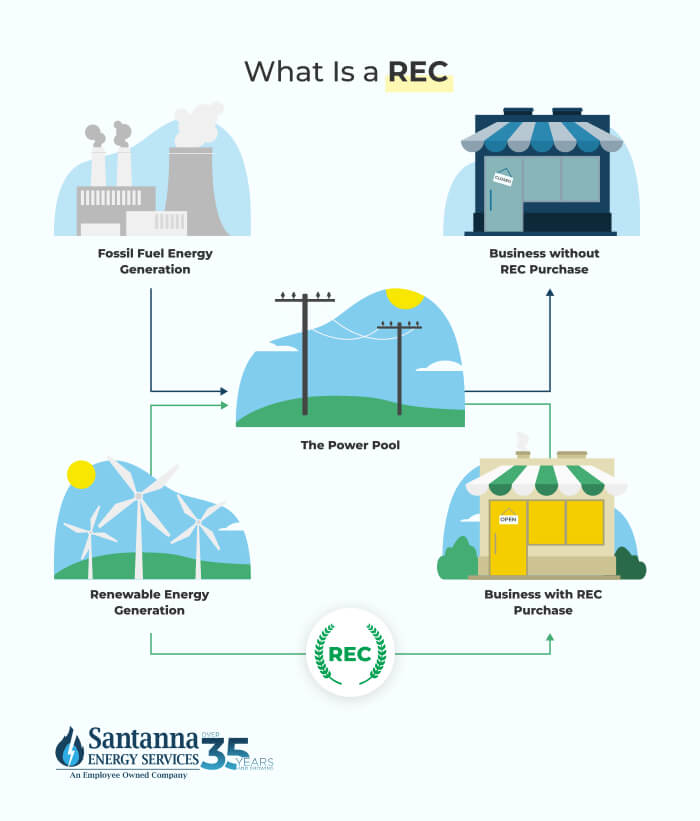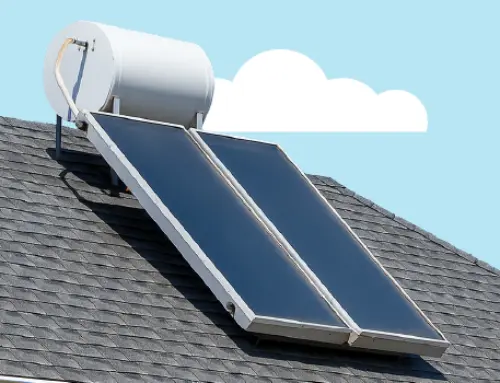What is a Renewable Energy Certificate?
by Tyler Castle
9.3 min read

As more and more individuals and businesses are turning to renewable energy sources to power their homes and operations, it is important to understand what RECs (Renewable Energy Certificates) are and how they contribute to creating a more sustainable future!
What is a Renewable Energy Certificate (REC)?
Renewable energy certificates are one of the main tools used to track and incentivize renewable energy generation. According to the Environmental Protection Agency (EPA), RECs represent the legal property rights to what the EPA defines as the “renewable-ness” of renewable electricity generation.
RECs are issued when one megawatt-hour (MWh) of renewable electricity is generated and delivered to the electrical grid. RECs help distinguish if the electricity produced from power plants is clean and renewable; electricity cannot be considered renewable without a renewable energy certificate.
Renewable energy certificates are also known as green credits, green tags, tradable renewable certificates (TRCs), renewable energy credits, and renewable electricity certificates. All of these terms can be used interchangeably, and credits and certificates have the same acronym (RECs).
RECs are considered to be legal, tradable, market-based instruments supported by the U.S. government, regional electricity transmission authorities, nongovernmental organizations (NGOs), and trade associations. RECs can be sold, purchased, and delivered separately from the actual electricity (kilowatt-hour, or kWh) and provide no physical delivery of electricity to customers.
Keep in mind that RECs are different from carbon offsets while they both lend a hand in mitigating emissions.
What is the Difference Between RECs and Carbon Offsets?
| RECs | Carbon Emissions |
| Measured off 1 MWh of electricity. | Measured off one metric ton of CO2-equivalent emission. |
| Expand customer electricity choices. | Provides support for emissions reduction activities. |
| Are only generated from renewable electricity sources. | Offsets can come from all different kinds of projects that lower, remove, or avoid emissions. |
What is an SREC?
Renewable energy credits can be sourced from a single renewable resource, such as solar, or from a mix of resources, such as solar and wind. RECs that are generated entirely from solar panels are referred to as solar renewable energy credits (SRECs). One SREC will equal one megawatt-hour of electricity generated entirely by solar.
States that want to promote the development of solar power can require electricity suppliers to purchase SRECs produced by in-state solar electrical systems. These “solar carve-outs” allow suppliers to meet their obligation under a state’s Renewable Portfolio Standard (RPS). According to the U.S. Energy Information Administration, 36 states and the District of Columbia have an established RPS or a renewable energy goal. As of the publication of this article, only eight states and the District of Columbia have markets for solar renewable energy certificates.

The following states have solar carve-outs and SREC markets:
|
|
Individuals who own solar energy systems in eligible areas of Michigan, Indiana, Kentucky, and West Virginia can sell their SRECs in Ohio’s market despite not having solar carve-outs and SREC markets of their own.
*Massachusetts transitioned to the SMART program in 2018.
SRECs can be traded, bought, and sold. SREC prices will vary depending on the market and are dictated by supply and demand, though they tend to have higher market value than other RECs. See the current listing for SREC prices by market.
Difference between RECs and SRECs
| Renewable Energy Credits (RECs) |
Solar Renewable Energy Credits (SRECs) |
| Can be generated from various renewable sources like wind, solar, hydroelectric, biomass, and geothermal energy. | Generated only from solar energy systems, such as solar panels or solar farms and need to be verified by systems specifically designed for solar energy production. |
| Intended to support the growth of renewable energy infrastructure and reduce reliance on fossil fuels. | Intended to encourage investment in solar energy specifically |
| The value of RECs can vary based on market demand and the type of renewable energy they represent. | Value will vary based on market demand, though SRECs often have a higher market value compared to RECs. |
| Can be used by individuals, businesses, or utilities to meet renewable energy targets or regulatory requirements, such as Renewable Portfolio Standards (RPS). | Specifically used for compliance with solar energy targets or specific solar carve-out requirements within renewable energy standards. |
| Transactions regulated by state law. Some states only recognize if generated within a state or regional tracking system, or will require RECs to meet certain conditions. | Regulations on selling and trading SRECs will also vary by region and state, though will have greater restrictions than RECs as SRECS must be generated by solar power and not all states will support solar markets. |
How Do RECs Work?
The way renewable energy certificates work is relatively simple. Since it’s impossible to track exactly where your electricity is being generated from, your energy needs to be tracked; that’s where RECs come in. RECs act as trackers that transfer the “renewable” aspects of renewable energy to the owner that tells them just how much energy their receiving is being produced from the grid.
When a renewable energy facility generates electricity, it produces two products – the actual electricity that is sent to the grid and the renewable energy certificate. The REC represents the environmental benefits of that renewable energy generation. Individuals and businesses can then purchase these RECs to show their support of clean energy even if they don’t use the electricity that comes with it.

According to the Environmental Protection Agency there are ten regionally-based electronic REC tracking systems in the United States and Canada. These systems help to minimize the risk of fraud or more than one company claiming the same REC and include:
|
|
Some states are covered by multiple tracking systems, such as Ohio, Illinois, and Indiana which are covered by M-RETS and PJM-GATS.
![]()
What Are The Benefits of RECs
Renewable energy certificates are not only a great way to help out the planet but also offer several other benefits:
- RECs put into numbers and track the amount of electricity that is produced by renewable energy.
- Using RECs allows individuals and businesses to claim they’re using renewable energy which can encourage others to want to participate in using clean energy as well.
- Renewable energy certificates let people sell or buy electricity that is being produced by power plants without even if they can’t produce it themselves.
- Buying RECs helps provide funds for supporting other renewable energy projects and promotes the growth of green energy marketplaces.
- Some regions or organizations have goals regarding the use of renewable energy. Purchasing RECs can help these entities meet their renewable energy requirements and demonstrate their commitment to sustainability, earning recognition for their efforts.
Who Should Buy RECs
Buying RECs isn’t as complicated as you might think. Anyone who wants to support renewable energy can buy RECs. By purchasing RECs, you are directly supporting the development of renewable energy projects and helping to reduce carbon emissions in your community and beyond. Additionally, as stated above, if you have a company that has certain sustainable goals you’d like to meet, RECs is a great way to help you meet those goals. Don’t be deterred if you’re a homeowner and want to support this clean cause. Even individuals can purchase RECs. Shown below is an informative video from the US EPA explaining more about RECs!
Renewable Energy Certificates play an important role in promoting renewable energy generation and reducing carbon emissions. So, the next time you turn on your lights or plug in your devices, remember that you have the power to make a positive impact by purchasing RECs and supporting renewable energy.
FAQs
Why purchase renewable energy credits?
You can purchase RECs either voluntarily or to fulfill compliance requirements. Certain states have Renewable Portfolio Standards (RPS) that set requirements for retail electricity suppliers to provide a minimum percentage of renewable power. A utility or retail supplier unable to comply with RPS requirements or state regulations may need to pay a penalty fee.
Voluntary credit buyers are typically environmentally conscious organizations or businesses that need to to meet the sustainability requirements set by their stakeholders and/or corporate standards.
What do renewable energy certificates do?
Renewable Energy Credits (RECs) offer a way for individuals, businesses, and organizations to endorse renewable energy even if they are unable to directly purchase or use it. By buying RECs, they essentially purchase a credit worth one megawatt-hour (MWh) of renewable electricity. This allows the consumer to support the use of renewable energy, even if their electricity doesn’t come directly from renewable sources.
How much is a renewable energy certificate worth?
Multiple factors determine the pricing of RECs. For example, RECs are priced differently depending upon whether they are compliance or voluntary market RECs.
- Compliance market RECs are used to meet RPS obligations and must meet certain criteria laid out in the RPS statutes. They are often more expensive than voluntary renewable energy credits.
- Voluntary REC markets — or “green power markets” — are driven by corporate clean energy purchases that want to achieve established climate-related sustainability goals and consumers that want to support clean energy initiatives.
While prices in voluntary markets are influenced largely by supply and demand, prices in compliance markets can be manipulated by regulatory bodies. Additional fluctuations in REC prices include the REC’s energy generation source and environmental impact. Some states have tier systems where RECs with a higher carbon-reduction impact may be more expensive. Tier 1 RECs are often newly generated and sourced from the cleanest resources, such as solar. Tier 2 and lower RECs will be less “clean” or have less impact and have lower value.
As of 2023, the prices for RECs varied between $30–$40 per MWh, while the price for SRECs had much greater cast variance, with prices as high as $200–$450 per MWh.
Are renewable energy certificates worth it?
Purchasing renewable energy certificates are worth the cost if you:
- Want to support the renewable energy market or need to reach certain sustainability goals
- Are unable to install solar panels or other renewable energy technology at your home or business
- Want to reduce your environmental impact and carbon footprint
- Want to know specifically where your electricity comes from
Santanna Energy Services is a supplier of renewable energy solutions in the United States, providing services to Illinois, Indiana, Pennsylvania, Michigan, and Ohio. We provide a wide range of energy services and products to meet the needs of both residential and small business customers. Our mission is to provide innovative and cost-effective energy solutions that will help our customers achieve their energy goals. With over 35 years of experience, we are committed to creating life-long relationships by providing quality service to customers, communities, and employees.
Tyler is an experienced energy professional, having worked for Santanna Energy Services, for the past four years. He is passionate about renewable energy and believes that diversifying the energy grid is the key to a sustainable future. Tyler is dedicated to supplying consumers with the best possible energy solutions and works diligently to make sure that Santanna can deliver the highest quality service.







